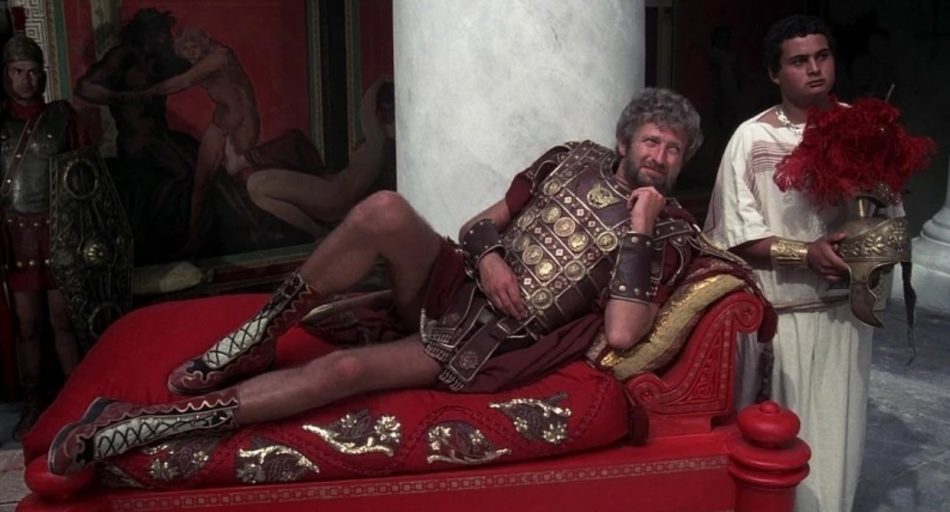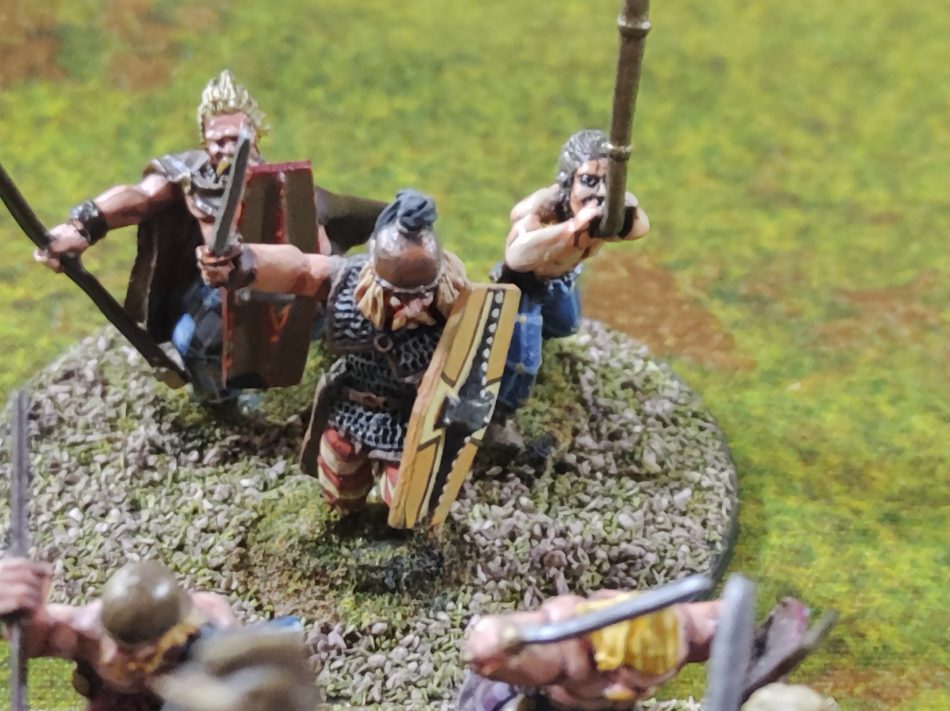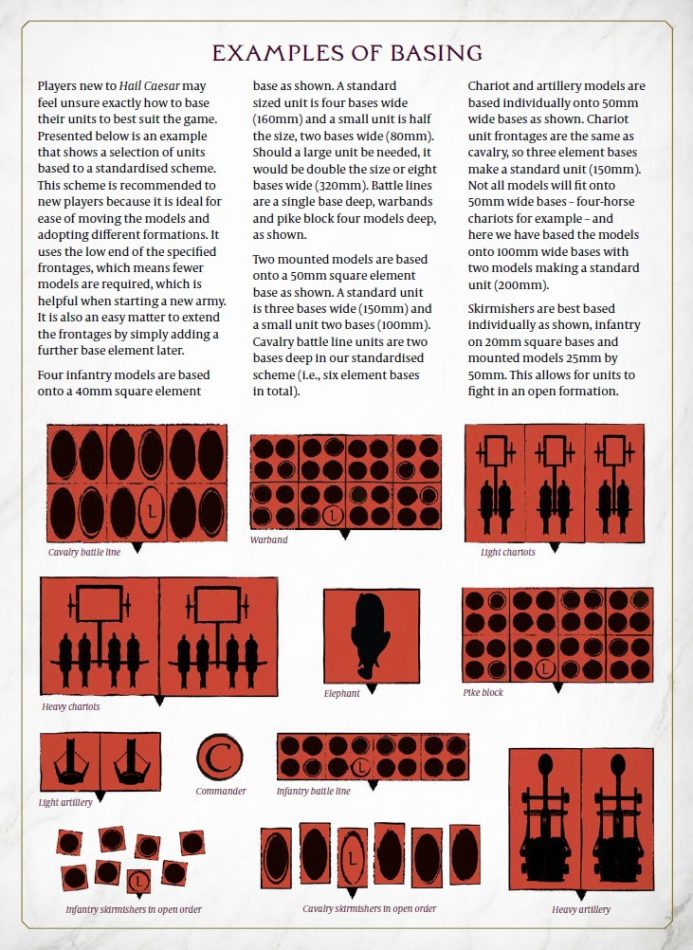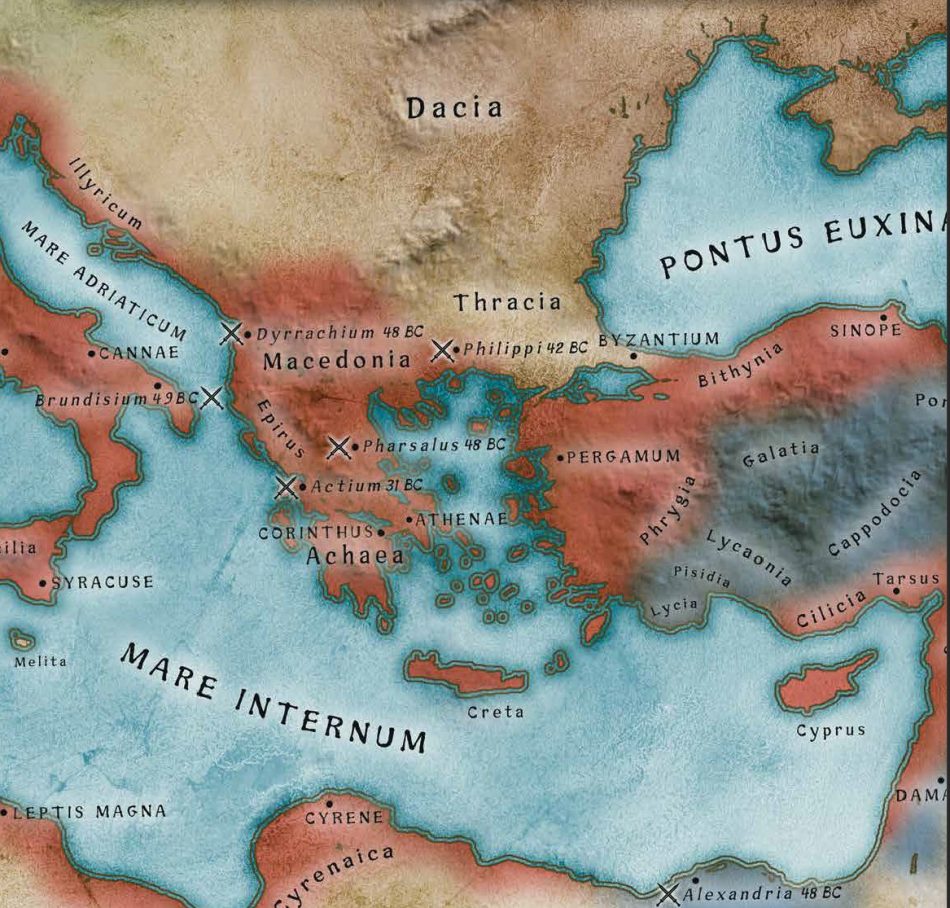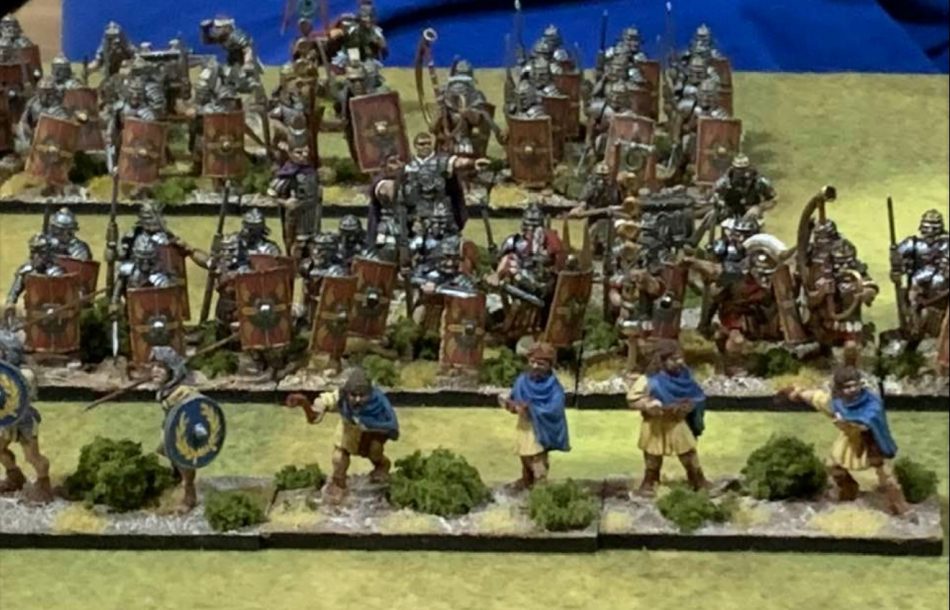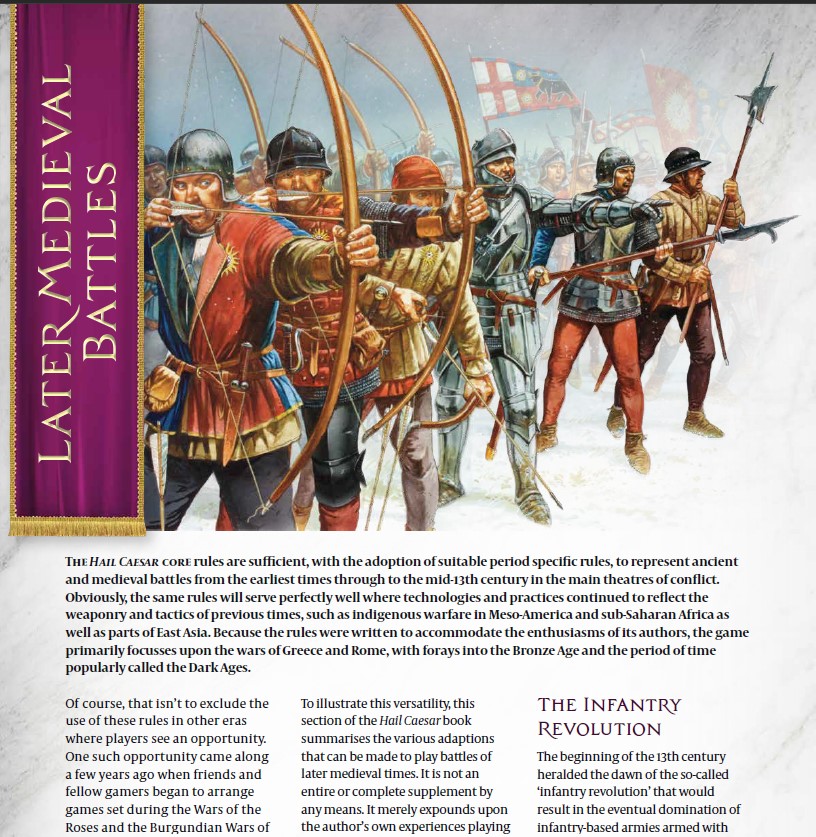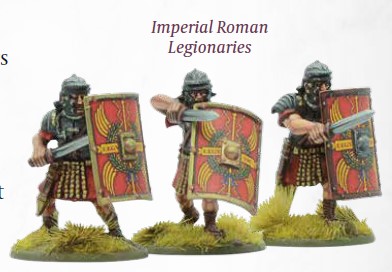New ‘Hail Caesar’ Book Overview
by Dennis ‘Matt Varnish’ Campbell
Here we are, at last, with a new version of ‘Hail Caesar‘ by Warlord Games. I hesitate to say ‘Hail Caesar 2‘ or call this book a sequel since even though this is an update to the original book, the main rules remain pretty much the same.
The original Hail Caesar book came out in 2014, and while it’s certainly time for a refresh, you can easily still play Hail Caesar with either book, though the newer one opens up Sieges and Late Medieval, clarifies diagrams, and includes generic scenarios. Let’s dive right in.
Hail Caesar shares its mechanics with Pike & Shotte and Black Powder, where you have large armies (compared to other rulesets like Art de la Guerre, DBX, or Mortem et Gloriam) who are given Orders from Commanders.
You can order each unit individually until you fail an Order, or you can give Division Orders and move whole formations. The game runs fairly quickly and your troops can move quite far in a short time if you roll low enough. I enjoy this trio of rulesets because you are not bogged down in minutiae or endless tables and charts, you simply issue an order, roll dice and move your figures.
This book, as with all Warlord Games books, is good quality and has loads of pictures of fantastically painted miniatures throughout to inspire the reader. The first forty pages are a historical overview of the time period covered, which is Bronze Age (3200BC) up until the late Medieval (1450AD).
With the addition of Late medieval in this book, Warlord Games now covers warfare from 3200BC to 1900AD when you include Pike and Shotte, Black Powder, and their supplements. The history section is great, has fantastic maps, and educates folks like me who only follow history tangentially. I mean I learned of Alexander the Great from this so a good synopsis was helpful to me at the very least!
The next sections of the book are the core rules of the game. The layout is way improved from the first book, especially the sections with diagrams for how to base your figures, line of sight, charges, and supports.
‘Disorders‘ get moved to their own section (they used to be in the Shooting Section). Now it’s now easier to find in the excellent index at the beginning of the book.
The rules section ends with a list of special rules applicable to all periods.
In the Commanders section, there is a new ‘General Advance‘ order that can be used. You get ONE order.. and it affects the entire army (after initiative moves).
If you pass, the whole army moves forward one move. When you CANNOT afford to not move, this is it.. they even describe it as the general stands in front of the army and screams a command to Advance.
The next pages are new, in that there are rules for terrain and one-on-one games. The previous book seemed to be designed for multiple players per side with an umpire to run the game, and while this might be more common at a Club, that is less prevalent elsewhere (North America) and it’s nice to see one-on-one games being mentioned.
In fact, there are three generic scenarios and not the previous grandiose games played which, while awesome looking, could be unrealistic for some.
There is a new command variant included for one-on-one games, where you don’t have to pre-plan your orders. You simply point to a unit, Roll the dice for the Order test, and if you pass, you make a move, but it can be anything. You keep doing this until each unit reaches three moves or that commander fails.
We then have the section on Army Lists. It shows two sample lists (Marian Romans and Gauls) but shows how to generate points for generic troop types. The late medieval period and its own special rules have their own section, there is even a War of the Roses sample list.
It’s nice to see pavises, archer stakes and chains, early cannons, etc are included. And what is a medieval game without besieging a castle?
The next new section is the Siege rules. You might need to have some models based on skirmish bases for Siege, as well as a model for a wall breach (maybe rubble that you can put up against a wall?) and some ladders maybe a siege tower. At least there are guidelines here for those who might have an old GW Fantasy Castle laying about.
Arguably my favorite section is next, a 20-page COMPLETE RULES SUMMARY. Perfect for printing off for reference during a game, it seems to have all the main rules in bullet points, along with all the charts and ends with a blank roster sheet. If all future Warlord Games books follow this lead I’ll be happy, as awkward rules layout has been the only downside to many of their books.
To summarize, the new book has a better layout, a better history section, has expanded into Late Medieval, added one-on-one, generic lists, and has a complete rules summary. In order to cram this in, omitted was the large section breaking down every unit type, the large battle-report-style scenarios. The number of pages went up by about 50 pages.
As a Roman player (Early Imperial Roman to be precise) it was nice to see a hidden buff to my Auxillia in the new rules: Close Order used to only be applicable to Heavy Infantry with Shields, now it’s available to any such infantry with shields. So while my Auxillia can’t walk up and Testudo, they can at least close ranks in combat with those pesky Gauls for the first round of Clash.
While the pre-order armies were the wrong type of Plastic Romans for my forces, I DID spy on pg 143 some new Imperial Roman models.
Here is hoping they release soon, the old ones are really showing their age. I’ve tarted mine up with as good a paint job as reasonably able, but it would be nice for new players to have better models.
All in all, I’d say even Commodus would give the new revised Hail Caesar book an enthusiastic Thumbs Up!
We’ll have our first Battle Report using the rules in a few weeks. the forges are running hot, painting and assembling new cohorts for my Imperial Romans, who excel at bringing civilization to the unwashed heathens, whether they want it or not! Stay tuned.

